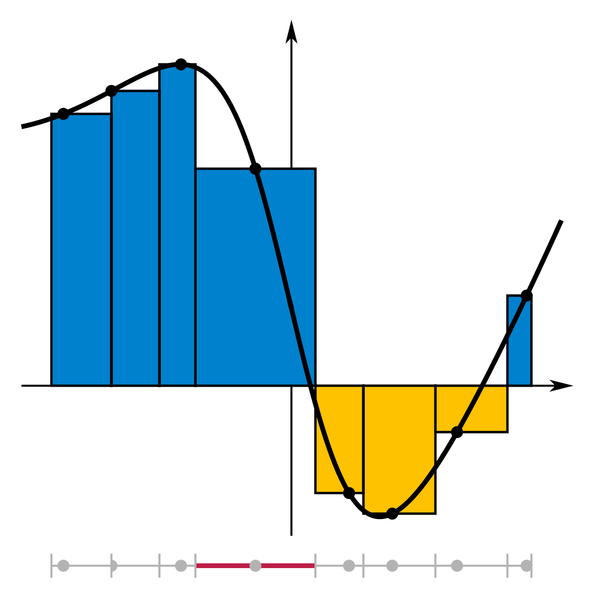The rate at which people enter a High School on the first day is modeled by the function Q given by Q(t) = 1680t^2 - 776t^3 for
0 <= t <= 2; Q(t) is measured in people per hour. No one is in the school at time t = 0, when the gates open. The gates close and school begins at time t = 2.
a.) Graph the function on the time interval for 0 <= t <= 2.
b.) Find the time when the rate at which people enter school is a maximum. Justify your answer.
c.) How would you find out how many people attend school on the first day of school, assuming no other students attended when the gates closed?
Okay so a.) and b.) are easy, got those done in no time at all. But c.) is what I don't really know. My teacher said it was calculus because t could be an infinite amount of numbers in between 0 and 2. Really, the only 'explanation' I can come up with is simple; Solve for t an infinitely amount of times, increasing t by an infinitely small number that is in between 0 and 2, and find the total of all that.
Something tells me there's a better way to explain it, so I thought you guys might be able to help =D.
I've used google, didn't find anything much at all relevant, so I came here. Also, I need the answer so I can help everyone else, my teacher told everyone to stop asking him questions and ask me... Basically most people are epically retarded at my school, so I'm like that nerd guy that everyone asks for homework help from >.>.
In another note... dang I didn't think the difference from AP and CP was that bad. I couldn't stand my AP english teacher, she gave me 2 referrals before she was even my teacher. They also put me in there without my knowledge of some summer reading we had to do, so I was like waaaay behind in that class before it even started. Had like 5-6 books to read over the summer + analytical essays and all that stuff.... Anyways, that CP class was filled with so many stupid people... Half the people hadn't the slightest clue of what a thesaurus might be. The other half thought was a dictionary. No one in the room had a clue of what the word cryptic could mean. Combined IQ of that class = IQ of a desk




